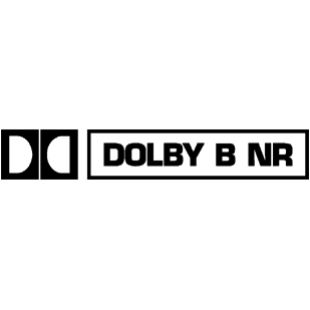Auto Dolby

The Dolby noise reduction system was invented to reduce tape noise in professional systems and called the 'Dolby A' system.
A later system to reduce noise in domestic cassette recorders was known as 'Dolby B'. Later, to improve performance in cassette recorders, the improved Dolby C noise reduction system was introduced. For cassette recorders it meant that a tape could be recorded either without noise reduction: with either Dolby B or Dolby C noise reduction systems.
For the consumer it meant that the noise reduction system used during recording needed to be noted in some way for later playback, utilising the same noise reduction system. However, if a tape was recorded with two different noise reduction systems on different parts of the tape, identification became even more complex for replay.
To make things easier for the user, Bang & Olufsen developed and introduced a system to automatically set the noise reduction type on replay, without any user intervention. The system was named 'Auto Dolby'. Any tape recorded on a recorder equipped with the Auto Dolby system would playback correctly on any other recorder with Auto Dolby system, even if the tape contained recordings using different noise reduction on different parts of the tape.
The system worked by superimposing subsonic tones within the signal to be recorded, with different tones used for Dolby C and for Dolby B. Being subsonic, these tones had no influence on the recorded signal during playback. However, the electronics built into the Auto Dolby circuit detected these signals and switched to the correct noise reduction setting. If no noise reduction was used, no tones were recorded and no noise reduction circuit was set on playback.
This simple system relieved the user from the chore of noting the noise reduction system used for each recording and switching to the correct system during playback, or alternatively, of listening to the recording using an incorrect noise reduction setting.
Created: 17th February 2007
Modified: 22nd March 2007


